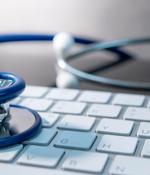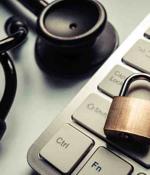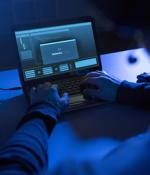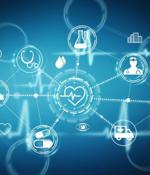Security News

In 2020, there were 599 healthcare breaches that collectively affected over 26 million individuals. Bitglass' report takes an in-depth look at the breaches that healthcare organizations faced, comparing them to previous years and revealing key trends and cybersecurity challenges facing the industry.

SoftServe has achieved AWS Healthcare Competency status. SoftServe joins a select group of AWS Partner Network members to have achieved the AWS Healthcare Competency status.

Analyzing data from the U.S. Department of Health and Human Services, threat protection company Bitglass found that the count of healthcare breaches reported in 2020 increased to 599, a jump of more than 50% compared to the previous year. Most of the breaches were caused by hacking and IT incidents, which exposed data from 24.1 million individuals, making them vulnerable to identity theft and phishing attacks.

Healthcare data breaches went up 36% in the second half of 2020, according to a new analysis from CI Security. In the second half of the year, more than 21.3 million records were breached, an increase of 177% from nearly 7.7 million records breached in the first half of 2020.

The constantly evolving healthcare environment has placed immense financial strain on hospitals and increased pressure on healthcare staff, which has been made worse by the influx of possible security threats. The U.S. Cybersecurity and Infrastructure Security Agency has recently released an alert highlighting imminent cybercrime threats to U.S. hospitals and healthcare providers.

Einstein Health Network, a Pennsylvania-based company operating medical rehab, outpatient and primary care centers, announced a breach of its employee email system, which exposed patient personal and medical information. Einstein emphasized the breach didn't affect all patients, just those contained within employee email accounts.

"Healthcare IT teams have daunting technical challenges to ensure network bandwidth, resilience, and security in the face of surging online care, including telemedicine, remote workforces, and medical IoT," explained Ray Watson, VP of innovation at Masergy. "The IDG Healthcare IT survey reveals that an integrated network and security strategy is now an imperative to address these challenges."

The FBI has announced that Christopher Dobbins pleaded guilty and was sentenced to a year in prison for breaching and temporarily disabling the Stradis Healthcare shipping system using a secret account, after being fired weeks earlier. Last March, as doctors reported having to ration and reuse personal protective equipment to treat COVID-19 patients, Georgia-based Stradis Healthcare, which packages and ships PPE and surgical kits, was eager to step up and help, according to FBI Special Agent Roderick Coffin, who investigated the matter.

According to new findings from Check Point Software, healthcare organizations have seen a 45-percent increase in cyberattacks since November, which is more than double other industry sectors, with an average 22-percent increase. Researchers said these attacks include botnets, remote code execution and DDoS, but it's ransomware that's really become the weapon-of-choice against healthcare organizations.

Healthcare organizations continue to be a prime target for cyberattacks of all kinds, with ransomware incidents, Ryuk in particular, being more prevalent. The advisory aimed to prepare organizations for ransomware attacks with Ryuk and Conti by providing tactics, techniques, and procedures specific to incidents with these malware strains.